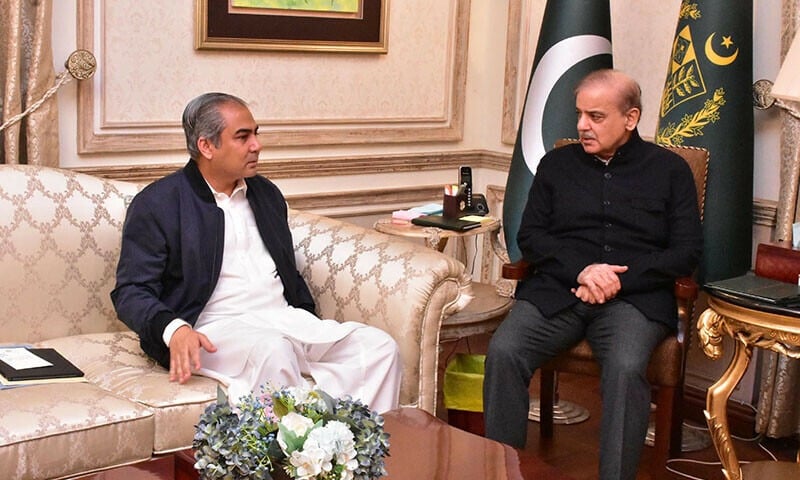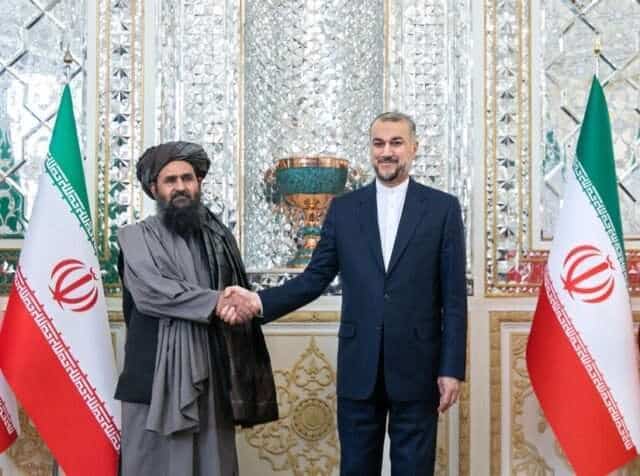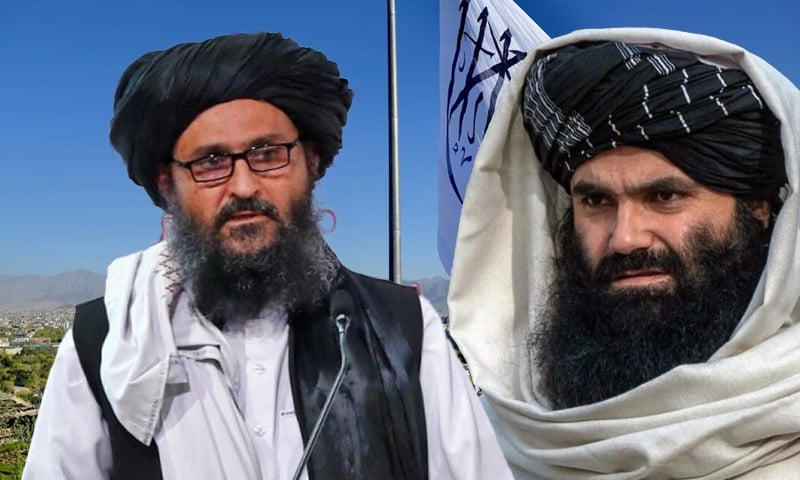Irfan Khan
The tribal belt of Pakistan, particularly in Khyber Pakhtunkhwa (KP), stands at a familiar crossroads: between rising militancy and the state’s response through dialogue or military force. In a significant move, KP Chief Minister Ali Amin Gandapur has announced a Mushawarati Jirga to address the worsening security situation. While the step is being praised in some circles, it raises pressing questions: Can a Jirga reverse the tide of terrorism? Does the provincial government truly have the authority or capacity to deliver lasting peace?
On the surface, the revival of tribal consultations offers a symbolic return to traditional conflict resolution. The reality is far more complicated. This Jirga, unlike those in the early 2000s, lacks both federal backing and operational authority. The key issue is not just if the Jirga can negotiate with militant groups, but whether it has any real mandate to enforce outcomes.
Critics of the initiative argue that KP’s leadership appears unclear in its objectives. During recent consultations, Chief Minister Gandapur was reportedly confronted for his vague policies and lack of concrete direction. While the provincial government may want to engage the tribal population and militants alike, it is ultimately the federal government that holds the reins of security operations, border management, and counterterrorism policy.
The federal government’s silence is equally troubling. While letters may be circulating between Islamabad and the provincial capital, there has been no comprehensive or public federal plan to address the escalating threats. The absence of Interior Minister Sheikh Abbas Sharif from the affected areas and the limited engagement of federal authorities only underscore a worrying disconnect.
Past attempts at dialogue have a dismal track record. Since 2004, Pakistan has witnessed multiple written peace agreements with various militant leaders from Maulvi Faqir Muhammad in Bajaur to Naik Muhammad in Shakai, and with Maulana Fazlullah in Swat. None endured. These agreements often brokered through Jirgas or informal negotiations quickly unraveled, forcing the state to rely on kinetic military operations.
The Swat Operation and Operation Zarb-e-Azb serve as contrasting models of success. In both cases, large-scale displacement was followed by effective military clearance and gradual resettlement. Despite the humanitarian cost millions displaced—these operations delivered results where negotiations had failed. For years after Zarb-e-Azb, peace prevailed in Waziristan.
Today, any consideration of a new operation must weigh these historical lessons. Dialogue alone, without enforceable commitments and without federal authority, risks repeating past failures. Yet, indiscriminate operations risk alienating the very communities the state seeks to protect especially when those communities oppose military action, as was evident during the Sarbakaf operation.
Ultimately, the responsibility to restore order lies with the state. The Constitution empowers the federal government to manage national borders and conduct military operations. The provincial government may act as a facilitator, but it cannot halt operations, negotiate on behalf of the state, or dictate terms to federal forces. To leave KP alone in this fight is both strategically flawed and constitutionally untenable.
Moreover, the nature of war itself has evolved. Conventional warfare is no longer the primary battleground. Today’s militants use drones, digital platforms, and propaganda to wage psychological and information wars. Senior police officials in KP receive up to 30–35 threat alerts daily, a testament to both the scale of the threat and the strength of the intelligence network now in place.
Yet, more must be done. Capacity building, training, and equipping the police force especially Anti-Terrorism Squads (ATS) are critical. Human intelligence remains indispensable in tribal areas, and improved inter-agency coordination has shown encouraging results. However, technology must complement this progress. Pakistan’s adversaries no longer just operate with guns and bombs—they use narratives and networks, both physical and digital.
At this juncture, the state must make a decisive choice: either allow fragmented and ineffective dialogue processes to continue under provincial leadership, or take direct and coordinated action with full federal oversight. The goal must be to secure the tribal regions without repeating past mistakes. “The state has no other way.” Security is not optional; it is a fundamental responsibility.
The tribal population must also reflect on their role. They can either support the state’s effort to reclaim and stabilize their lands or risk becoming hostages to armed groups once again. Peace is not possible without the people but neither is it possible without the will of the state.
If Pakistan is to chart a path forward, it must recognize that peace in the tribal belt will come not through symbolic gestures, but through sincere, strategic, and sustained efforts led by the federal government—backed by technology, intelligence, and, where necessary, force.





